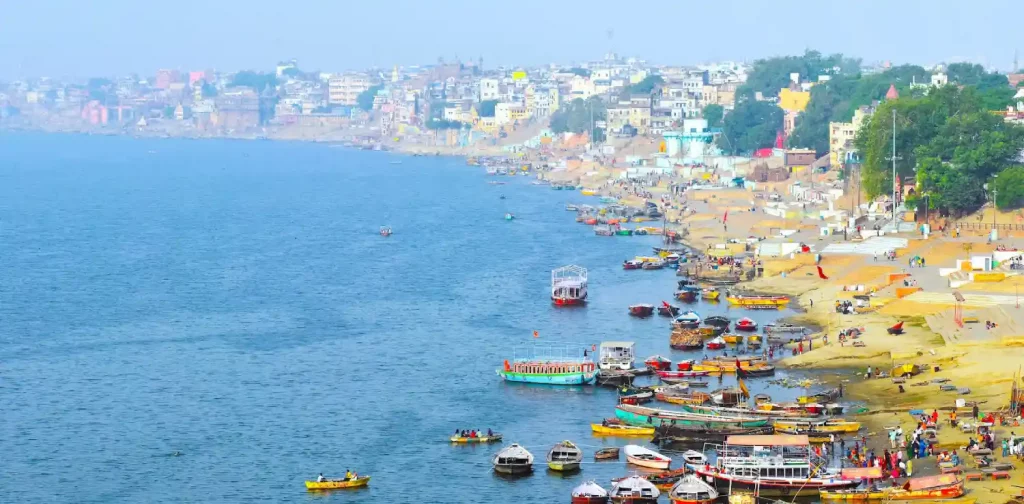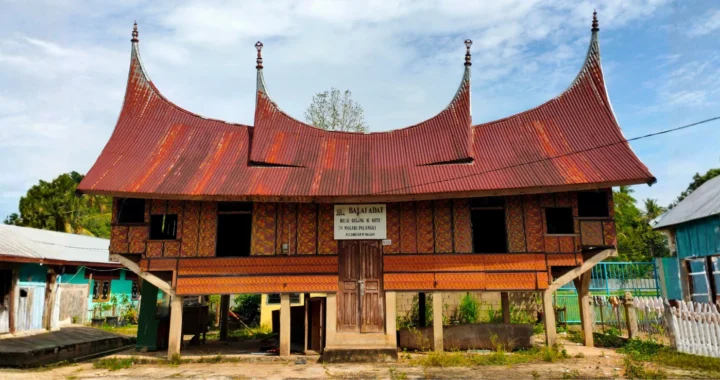Namami Gange, the Ganges River Rejuvenation Project

Photo: Abhishek Royal on Unsplash.
Rivers run through our planet just like veins. They provide water and are a source of life and livelihood for humans, plants, and animals alike. Unfortunately, the threats to rivers worldwide keep rising, so we must also increase our efforts to protect them. In India, the Ganges River rejuvenation project called Namami Gange is underway.
Ganges River Rejuvenation
The Ganges River, also called Ganga, is a sacred river in Hinduism. It begins in the Himalaya Mountains, flows south and east, empties into the Bay of Bengal, and forms the world’s largest delta, the Ganges River Delta. The river’s 2,525 km course and its surrounding areas – basin – are home to about 520 million people and over 25,000 species of plants and animals.
Besides providing freshwater, people also use the river for fishing, bathing, and irrigation. Economically, the Ganges River basin contributes 40% of India’s GDP (gross domestic product). However, the river has been facing major threats from climate change, human and industrial pollutants, land degradation, and increasing agricultural water demands.
In relation to the ambitious Ganges River rejuvenation project, Inger Andersen of the UN Environment Programme (UNEP) believes it is “a critical time to transform our exploitative relation with nature”.
Namami Gange
Launched in 2014, the Namami Gange is a flagship government-led program of an integrated conservation mission. After almost a decade, the Indian government has invested up to $4.25 billion in this program. Its primary objectives are to curb pollution, promote sustainable farming, and conserve and rejuvenate the Ganges River.
The implementation of Namami Gange has been divided into Entry-Level (immediate & visible impact), Medium-Term (a five-year time frame), and Long-Term (a ten-year time frame). The program operates on eight main pillars:
- Sewerage Treatment Infrastructure – sewage management projects across the states
- River-Front Development – construction, modernization, and renovation of ghats (mountain passes).
- River-Surface Cleaning – collection and disposal of floating solid waste from the river and the ghats.
- Biodiversity – reviving endemic and endangered biodiversity such as river dolphins, softshell turtles, otters, and the hilsa shad fish.
- Afforestation – forestry interventions to enhance the productivity and diversity of the forests by adopting a multi-pronged approach throughout the pre-defined Ganga riverscape.
- Public Awareness – creating events, workshops, conferences, rallies, campaigns, exhibitions, shram daan (voluntary labor), and other resource materials.
- Industrial Effluent Monitoring – regulation and enforcement of stipulated environmental norms through regular and surprise inspections of Grossly Polluting Industries.
- Ganga Gram – construction of toilets and development of rural sanitation programs for 1,674 Gram Panchayats (village governing bodies) along the bank of the Ganges River.
Achievements and More
Rejuvenating the health of river ecosystems requires a science-based multidisciplinary approach and strong collaborations across communities, sectors, and stakeholders. So far, the Namami Gange has involved 230 organizations and restored about 1,500 km of the Ganges River and 30,000 hectares of the surrounding forests. In 2030, the program hopes to have restored 134,000 hectares of forests.

Join Green Network Asia Membership
If you find this content useful, support Green Network Asia’s movement to create positive impact for people and the planet through public education and multi-stakeholder advocacy on sustainability-related issues and sustainable development. Get exclusive benefits for personal and professional development as well as for organizational capacity development.
Become a Member Now
Nazalea Kusuma
Naz is the Manager of International Digital Publications at Green Network Asia. She is an experienced and passionate writer, editor, proofreader, translator, and creative designer with over a decade of portfolio. Her history of living in multiple areas across Southeast Asia and studying Urban and Regional Planning exposed her to diverse peoples and cultures, enriching her perspectives and sharpening her intersectionality mindset in her storytelling and advocacy on sustainability-related issues and sustainable development.


 An Interview with Eu Chin Fen, CEO of Frasers Hospitality
An Interview with Eu Chin Fen, CEO of Frasers Hospitality  The UK Government’s Funding Package Plan to Tackle Youth Unemployment
The UK Government’s Funding Package Plan to Tackle Youth Unemployment  Understanding the Dark Side of Artificial Intelligence
Understanding the Dark Side of Artificial Intelligence  Attempting Data Center Circularity Through Waste Heat Recovery
Attempting Data Center Circularity Through Waste Heat Recovery  Indigenous Knowledge and Art as Integral Instruments for Disaster Risk Reduction
Indigenous Knowledge and Art as Integral Instruments for Disaster Risk Reduction  Strengthening Societal Resilience in the Age of Disruptions
Strengthening Societal Resilience in the Age of Disruptions